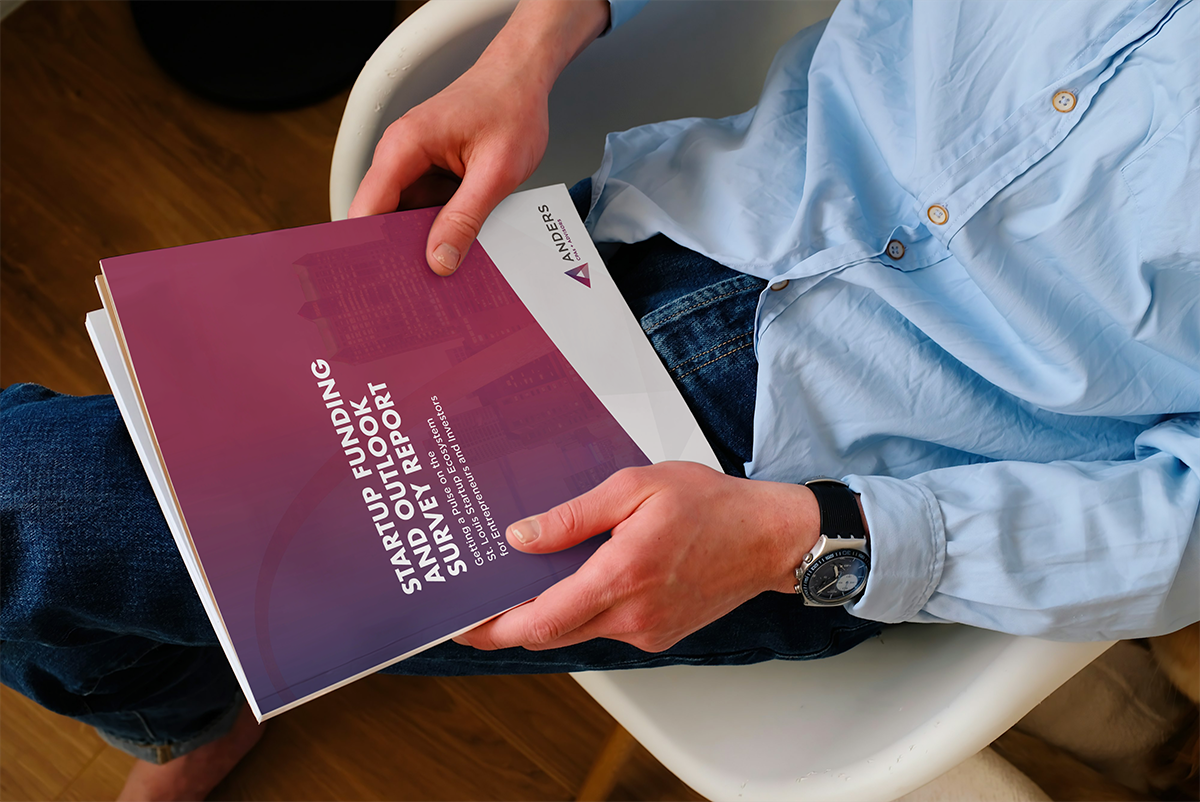The new Qualified Business Income (QBI) deduction is an area of tax reform that may affect how some business owners structure their entities. This new deduction puts flow-through businesses on a level playing field with C Corporations. In its simplest form, the QBI deduction is equal to 20% of earned income from sole proprietorships, S corporations and partnerships. This general rule applies to single filers with taxable income below $157,500 and married taxpayers with taxable income below $315,000.
When taxable income exceeds these thresholds, the QBI deduction is limited to the lesser of:
- 20% of taxable income less net capital gains, or
The greater of:
- 50% of the taxpayer’s allocable portion of W-2 wages deducted by the business, or
- 25% of the taxpayer’s allocable portion of W-2 wages deducted by the business plus 2.5% of the taxpayer’s allocable portion of unadjusted basis of the businesses income producing property
The QBI deduction phases out for service businesses when taxable income is between $157,500 – 207,500 for single filers and $315,000 – $415,000 for married taxpayers. Service businesses include healthcare, law, consulting, athletics, financial services and brokerage services.
Subject to these rules, all flow-throughs are all eligible for the QBI deduction, however, the deduction varies under nearly identical circumstances based on entity type. Below we go into detail about the differences of the QBI deduction for various entities using the same basic fact pattern.
Fact pattern 1:
In 2018, an architecture business, which is not considered a personal service business, with one owner generates $500,000 of QBI. The business has no outside employees and no substantial fixed assets. The business owner has total taxable income of $550,000.
Sole Proprietorship
Because the proprietor’s taxable income exceeds $315,000, the QBI deduction is limited to the lesser of 20% of QBI ($100,000) or 50% of W-2 wages ($0). As a sole proprietor, the taxpayer cannot pay herself a wage and self-employment income is not considered wages for purposes of the QBI deduction. As a result, the proprietor gets a $0 QBI deduction.
S Corporation
As an S Corporation, the business owner is required to pay herself a reasonable salary. On the other hand, there’s a natural incentive to keep wages as low as possible to save on payroll taxes. For purposes of this example, assume the business owner pays herself a salary of $130,000 leaving $370,000 of K-1 income (QBI).
The QBI deduction is again limited to the lesser of 20% of QBI ($74,000) or 50% of W-2 wages ($65,000). The result is a $65,000 QBI deduction which equates to roughly $22,750 ($65,000 x 35%) in federal tax savings.
Partnership
In a partnership setting, of course, you’d need another owner. For purposes of this example, let’s assume the proprietor’s spouse owns a 1% interest in the business. Because partnerships can’t pay their partners a wage in accordance with IRS rules, there are no wages to pass the 50% limitation and the taxpayer gets a $0 QBI deduction similar to if she were a sole proprietor.
It’s important to note the result doesn’t change if the partnership pays its partners a guaranteed payment. The guaranteed payment is not considered wages for purposes of calculating the QBI deduction. Furthermore, the guaranteed payment isn’t even considered QBI for the taxpayer.
Conclusion
Everyone should rush out to file an election to be taxed as an S Corporation, right? Not so fast. Let’s change the fact pattern slightly and see how the pendulum swings.
Fact Pattern 2:
In 2018, an architecture business, again not a personal service business, with one owner generates $500,000 of QBI. The business still has no substantial fixed assets, but it does pay $250,000 of wages to outside employees. The business owner has total taxable income of $550,000.
Sole Proprietorship
Because the proprietor’s taxable income exceeds $315,000, the QBI deduction is limited to the lesser of 20% of QBI ($100,000) or 50% of W-2 wages ($125,000). In this scenario, the proprietor gets a $100,000 QBI deduction worth approximately $35,000 ($100,000 x 35%) in federal tax savings.
S Corporation
Assuming the same breakdown of $130,000 in proprietor wages and $370,000 of K-1 income (QBI) as discussed previously, the QBI deduction is limited to the lesser of 20% of QBI ($74,000) or 50% of W-2 wages (($250,000 + $130,000) x 50% = $190,000). The result is a $74,000 QBI deduction which equates to roughly $25,900 ($74,000 x 35%) in federal tax savings.
Partnership
Partnerships can effectively put themselves in the same position from a QBI deduction standpoint as a Sole proprietor or an S Corporation depending on whether they choose to pay themselves a draw or a guaranteed payment.
If the partner takes a draw, QBI is $500,000 and the QBI deduction is $100,000 just like it is for a sole proprietor.
If the partners takes a $130,000 guaranteed payment, QBI is $370,000 and the QBI deduction is limited to $74,000 similar to the S Corporation Scenario.
Conclusion
Under this fact pattern, the greater QBI deduction goes to those being taxed as sole proprietor or a partnership.
Please note there are many factors beyond the QBI deduction to consider when determining the appropriate entity structure for your business, but hopefully these examples speak to the added complexity associated with entity selection under our new tax law.
Before selecting an entity structure or changing what’s already in place, taxpayers should do a detailed analysis of the pros and cons of each possible scenario. Contact an Anders advisor with questions on how QBI will affect your business.
All Insights




